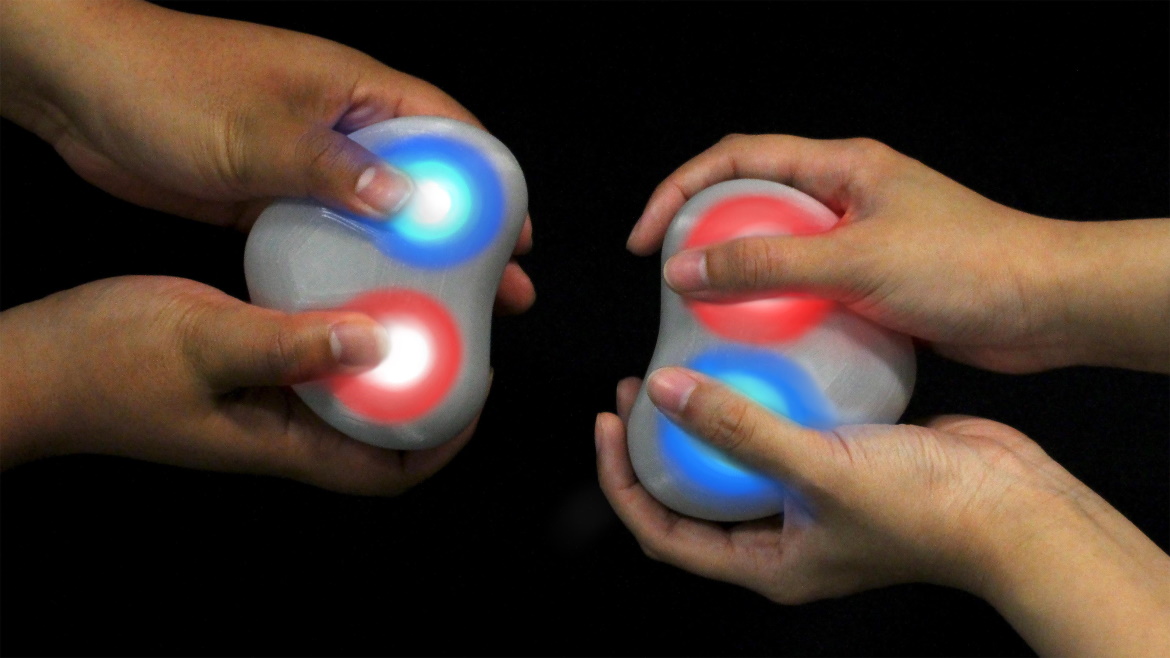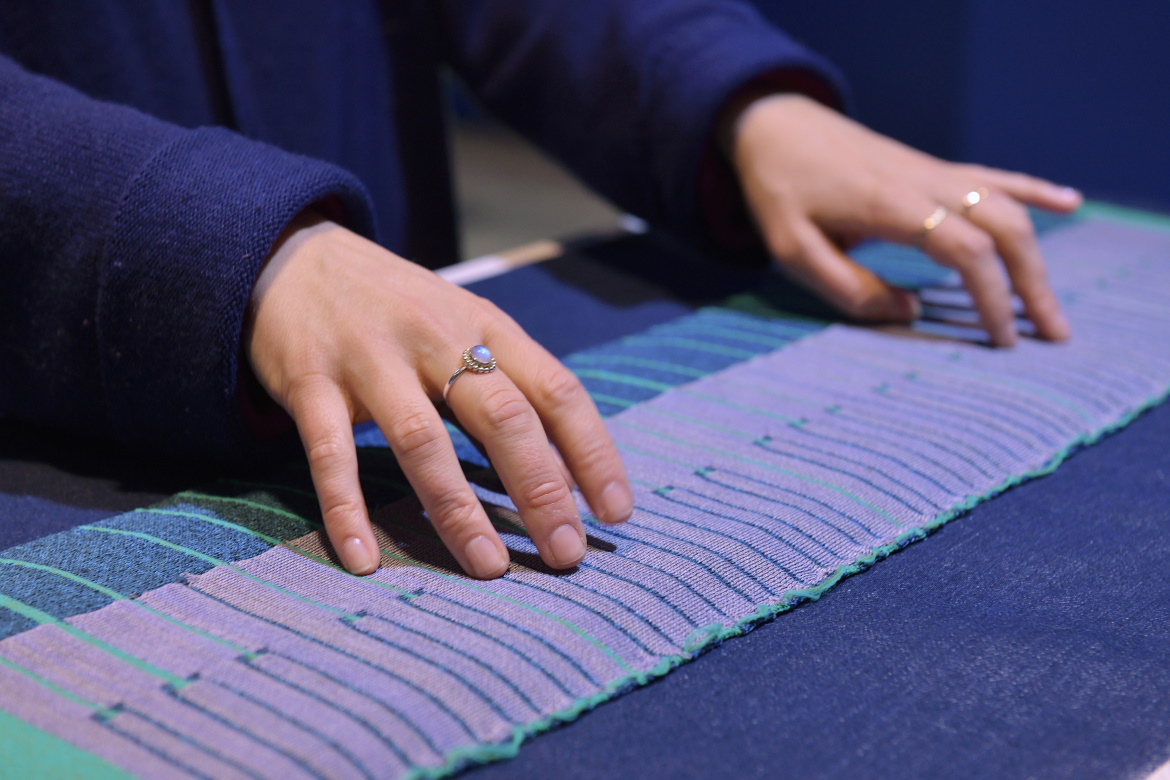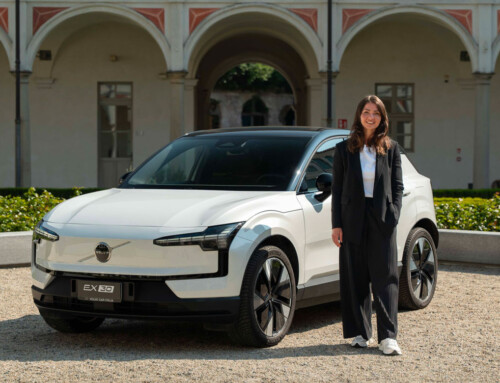Lexus has announced the six finalists for the Lexus Design Award 2021, the Japanese premium manufacturer’s ninth annual design competition, selected by the judging panel from 2,079 entries submitted by creatives from 66 different countries. In selecting this year’s six finalists, the judges looked for innovative ideas that embodied the three key principles of the Lexus brand – Anticipate, Innovate and Engage – with an emphasis on design that leads to a better tomorrow.
CY-BO by Kenji Abe (Japan)
CY-BO is a new form of cytologically inspired packaging material that can be transformed into various shapes by combining pieces together. Infinitely reusable and reorganisable, it can be converted into all kinds of products for different applications depending on the user’s ideas.
Kenji Abe graduated from Tama Art University Product Design Department and now works as a product designer in Tokyo. While professionally designing imaging products, he also carries out personal design activities. He is driven by creating a better tomorrow for humans, nature, animals and the earth, and wants to come up with beautiful solutions to the problems we face.
Heartfelt by Gayle Lee and Jessica Vea (New Zealand and Tonga)
Heartfelt aims to explore what ‘being present’ might be like during a pandemic era and seeks to help with the anxiety and emotional stress of being alone through simple remote devices. “Small device, big heart.”
Gayle Lee and Jessica Vea are recent graduates in Creative Technologies at Auckland University of Technology. They want to create relevant products that help others and promote interdisciplinary collaboration between different fields and applications. They hope to start their Master’s degree in Creative Technologies in 2021.
InTempo by Alina Holovatiuk (Ukraine)
InTempo are gloves to help people dealing with emotional stress (e.g. Sociophobia) in public spaces / during public events. By touching certain points on the gloves to music, one can help a person calm down.
Alina Holovatiuk is a young architect from Kiev, Ukraine. She is currently continuing her studies and research at the National University of Construction and Architecture in Kiev in Information Technology in the Faculty of Architecture. His approach to design is characterised by his focus on human emotions and perception of the world.
KnitX by Irmandy Wicaksono (Indonesia)
A holistic approach to providing informal coastal settlements with water, energy and natural light. The design uses abundant solar energy and seawater to create a solar desalination skylight. It emits diffuse natural light, produces drinking water and uses the remaining salt to create energy.
KnitX is a set of functional fabrics integrated with digital knitting. The use of active and electronic fibres in the design makes it possible to create fabrics for clothing and interiors that respond dynamically to gestures and sunlight, changing their appearance and providing thermoregulation.
Irmandy Wicaksono is an electrical and textile engineer and designer. She is currently pursuing a PhD in Responsive Environments, at MIT – Media Lab. Her research focuses on the development of soft tissue-based electronics for various applications ranging from health and wellness to human-computer interaction to media and interactive environments.
Solar Desalination Skylight by Henry Glogau (New Zealand and Austria)
A holistic approach to providing informal coastal settlements with water, energy and natural light. The design uses abundant solar energy and seawater to create a solar desalination skylight. It emits diffuse natural light, produces drinking water and uses the remaining salt to create energy.
Henry Glogau is a New Zealander who recently graduated from the Royal Danish Academy in Copenhagen, Denmark. He obtained a master’s degree in Architecture and Extreme Environments, where he explored present and future global challenges in expeditions to remote locations. Henry now works as an architect at GXN, 3XN’s green-innovation unit.
Terracotta Valley Wind by Intsui Design (China)
A terracotta evaporative cooling system that cools metro stations during summer and reduces energy consumption. Terracotta is a cheap and accessible clay material. Its nature allows water to evaporate quickly, while exploiting the wind factor, which is unused in metro stations, by maximising the potential of train-induced air.
Intsui Design is a group of designers based in Tokyo. They are currently pursuing a master’s degree at Tama Art University in the faculty of Integrated Design. They explore the relationship between subconscious human behaviour and design. Their design practice focuses on people’s intuition and natural responses to objects and the environment.
















